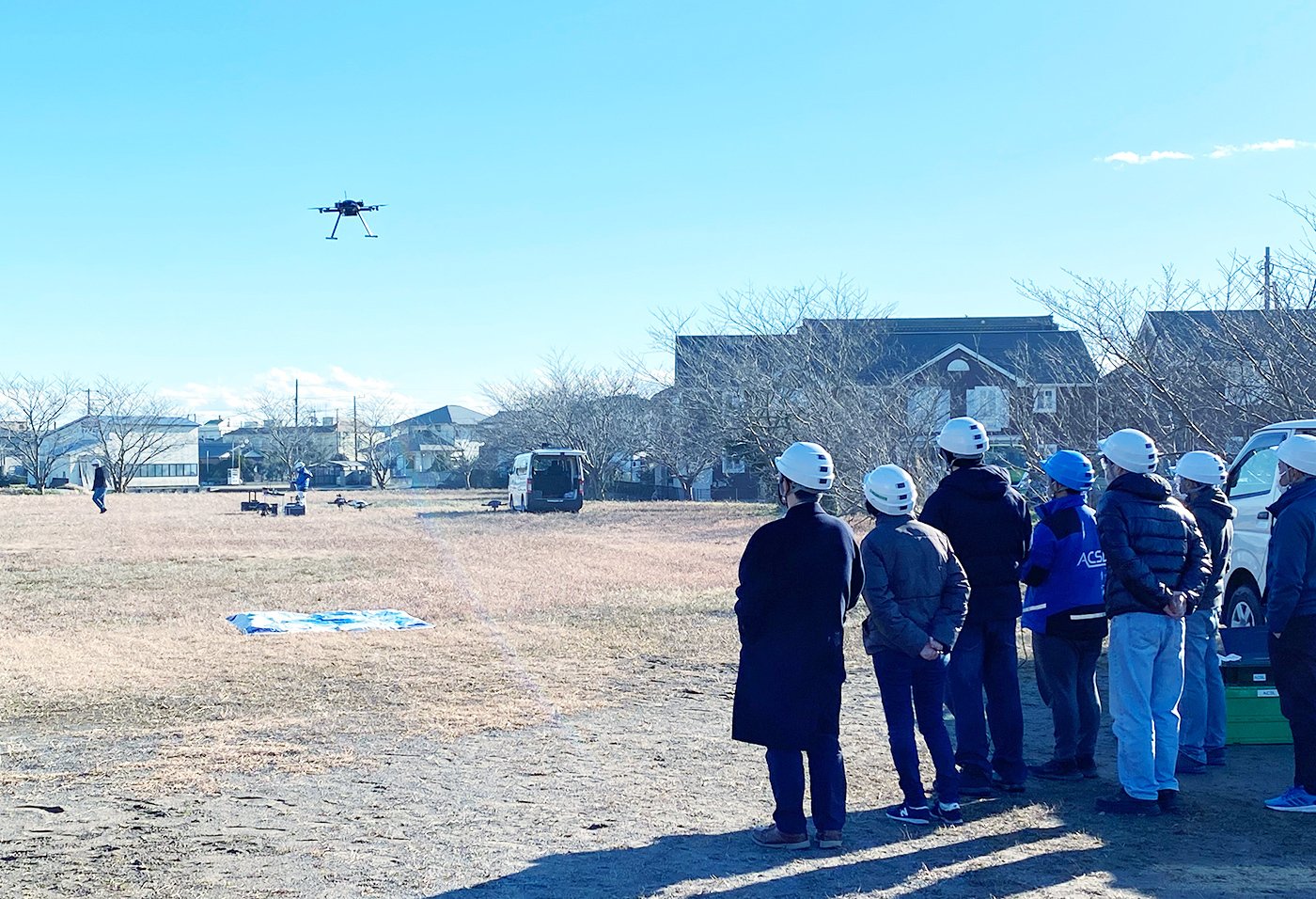Japan has always been at the forefront of technology adoption. Drone technology in Japan began to take shape as early as 2016 when the government initiated regulations to support the growth of commercial and public safety applications of drones. Since then, the market has been expanding rapidly with drones playing significant roles in public safety, logistics, and more, supporting the entire Japanese population.
These business opportunities have attracted several drone manufacturers and service providers into the Japanese drone landscape. In recent months, the market also witnessed rapid adoption of advanced technologies powered by artificial intelligence (AI), making drone application delivery smarter and more seamless.
BVLOS drone applications gaining traction
Elsight, a carrier-agnostic, AI-powered connectivity solutions company, has been actively contributing to the growth of autonomous drone applications in the Japanese market. The company’s entry took off last year, when it inked a partnership with Navicom Aviation, which led to the integration of the Elsight connectivity platform with ACSL, Japan’s largest drone manufacturer. Elsight is supplying its Beyond the Visual Line-of-Sight (BVLOS) connectivity platform called Halo to ensure the reliability of ACSL drones’ communications and overcome the obstacles in flying over Japan’s mountainous regions.
Japan’s rugged terrain combined with the country’s densely populated urban centres creates access and transportation challenges throughout the country. In an interview with TechWireAsia, Elsight CEO Yoav Amitai explained there are significant opportunities for autonomous drone applications in Japan, especially for public safety and logistics, including the supply of essential goods in difficult-to-reach communities, as well as for agriculture and critical infrastructure applications in remote locations.
Although Japan had started the use of drones in many sectors – particularly in logistics and defence – until recently, the stability of cellular communication connections, which is necessary for long-distance flights beyond the visual line-of-sight, remained a barrier due to the country’s complex geography. And this is the primary reason behind ACSL’s selection of Elsight’s Halo technology for its drone operations, which is designed specifically for drone flights beyond the visual line-of-sight based on integrating LTE, 5G, and satellite communications.
“Just a second of connectivity loss between the drone and the operator can mean the end of the flight. Our technology brings together multiple cellular links because the whole is stronger than any singular link. If needed, satellite communications are integrated as well,” explained Amitai.
“Just as important, our Halo platform enables one drone operator to control many drones simultaneously from a remote location. This advantage scales the entire drone ecosystem.”
The collaboration between ACSL – the first drone manufacturer to be approved as a full member of the Japan Defense Equipment Industries Association (JADI) – and Elsight, which enabled its customer Airobotics to earn the first Federal Aviation Administration (FAA) Type Certificate for beyond-visual-line-of-sight flights for its drones, has opened a new chapter in the autonomous drone market in Japan.
Enhancing drone capabilities for broader applications
ACSL has been promoting the expansion of drone use in Japan in various fields, including increasingly longer flights and more complex routes and applications.
“Currently, the most practical applications of drones involve flights within visual line of sight. However, with the approval of Level 4 flights, drones are now expected to operate much closer to daily life, autonomously covering more distances and wider areas,” said Satoshi Washiya, CEO of ACSL.
In Japan, there is also significant potential for drones to be utilised in the response and management of natural disasters.
“In this context, we have high expectations for our collaboration with Elsight to address the critical challenge of ensuring reliable communication, which is key to expanding the scope of drone operations,” Washiya added.
To address the challenges associated with varying altitudes during a flight, Halo integrates and aggregates communication channels from the four major Japanese cellular providers and satellite providers to a single, bonded communications pipeline, ensuring robust and secure connectivity.
In addition to delivering uninterrupted service, Halo enables the controlling of the drone to take place in any remote location, even the other side of the globe. It can also allow for one drone operator to control a full fleet, not just a single drone.
“With the introduction of Halo, ACSL’s drones are able to have uninterrupted LTE communication connectivity enabling flights in areas that were previously difficult to reach,” Washiya explained.
ACSL is already using Elsight’s Halo technology in its postal service project for drone deliveries in mountainous areas and remote communities.
As part of Elsight’s expansion in Japan, the company has partnered with Navicom Aviation to pursue opportunities in both the defence and commercial markets in Japan. Navicom distributes specialised communication equipment and technologies for unmanned aircrafts and drones in Japan.
“In Japan, where BVLOS drone operations are gaining traction, we believe that connectivity and communication functions with high reliability will quickly become key drivers to accelerate this industry,” said Koji Hiratsuka, CEO of Navicom Aviation.
Boosting efficiency and safety with autonomous drones
“When using aggregated cellular multi-links providing high bandwidth, low latency, and low power usage, BVLOS missions can be controlled directly from headquarters, rather than from the drone’s remote control,” commented Hiratsuka on the technical and business advantages of integrating Halo in drone missions.
“That’s a huge advantage as all personnel in the control room can see a wider lens of precise visual information as opposed to flying from remote control consoles, ensuring that no critical data is missed.”
From a business perspective, many of the Halo features enable a drone operator “to eliminate human intervention, leading to greater flexibility, cost reduction, and improved safety,” he added.
Elsight will be demonstrating Halo at the Japan International Aerospace Exhibition this week in Tokyo.







